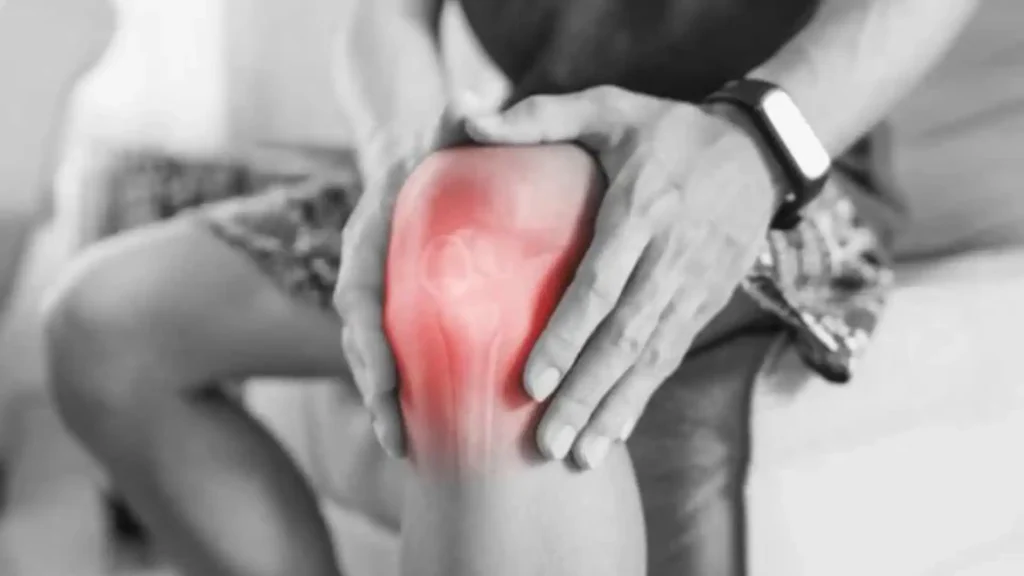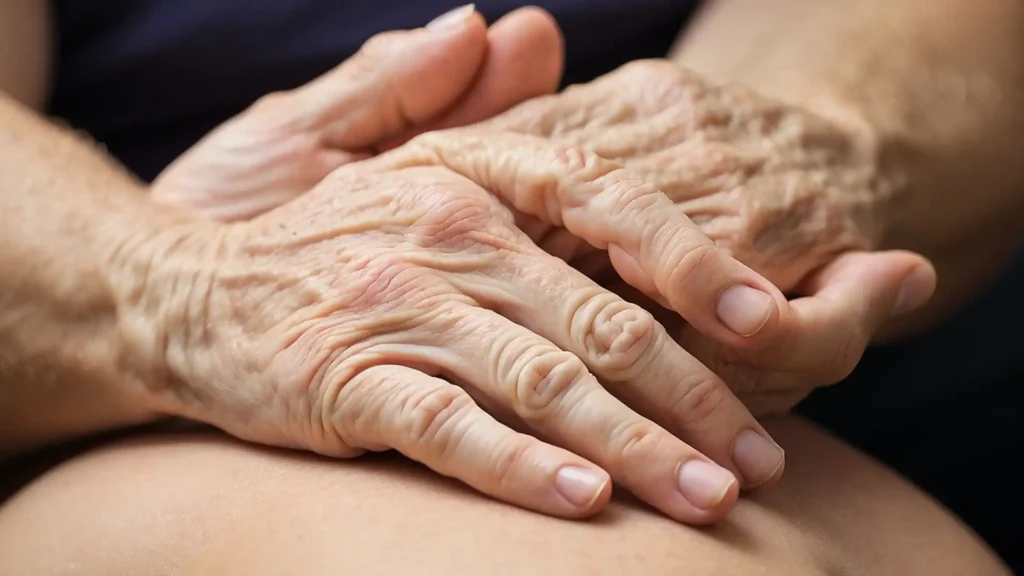Joint pain can be caused by many different things, from arthritis to bursitis and injuries. Even certain diseases such as mumps, hepatitis and flu can cause worrying joint pain. And with six different types of moving joints in your body, you have many potential pain points. Whatever the cause or location, the result greatly affects your ability to function throughout the day. health and holistics
Over-the-counter or even prescription medications can help relieve joint pain, but they have worrying side effects and can interact with other medications you may take. It is always best to start with the least invasive method of treating pain first and try the more difficult things if necessary. Luckily, there are several natural herbs that can effectively block joint pain without causing unwanted side effects.
Below are five of the most commonly available herbs that can relieve painful joints. But first, we take a look at the body process that actually causes joint pain. (Hint: Point to our bodies’ tendency to take over-the-top protective measures.) Stay with us until the end and you will be well armed with natural pain relievers, both topical and oral, that can improve your quality of life. Many of these could already be in your pantry. health and holistics
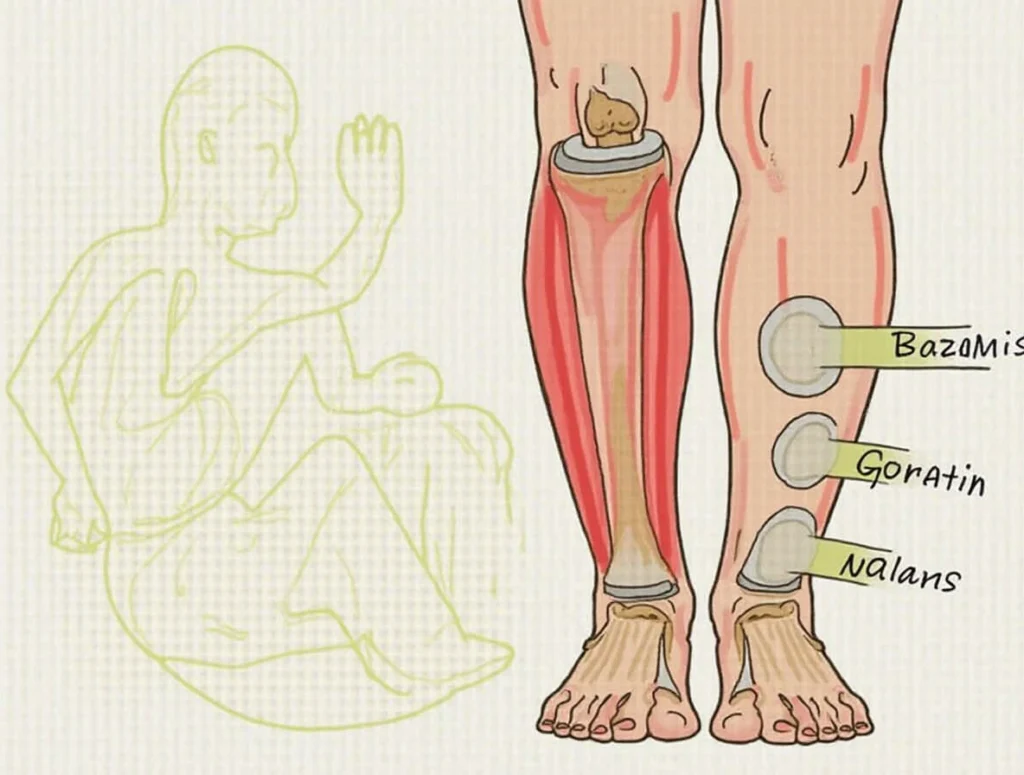
The cause of joint pain: Inflammation
Inflammation is a complex process that can be harmful and helpful. It is the body’s response to infection or injury and attempts to isolate the damaged part of the body from other healthy areas. This response is critical to fight against invading agents in the body. Inflammation is a key component of healing – think about the inflammation you experience after working out. The result is that your muscles are rebuilt stronger than ever.
However, chronic inflammation is associated with almost every disease known to man. When left unchecked, inflammation causes more problems than it solves, including crippling joint pain. That’s why popular over-the-counter medications, particularly ibuprofen, do more against inflammation than the pain itself. The following herbs are known to reduce inflammation and swelling, thereby relieving suffering. health and holistics
1. Aloe Vera

You probably have some aloe vera in your cabinets lying around and reach for it every time you or a loved one gets a sunburn. It is also popular for treating minor skin abrasions. But aloe can do so much more! It contains more than 75 potentially active components, such as aloin and emodin, which act as analgesics to relieve pain. Aloe also contains several powerful anti-inflammatory compounds.
There are a couple of ways you can use aloe to relieve joint pain. The first is the standard topical application, massaged into painful areas. Look for aloe gel that has been certified by the International Aloe Science Council. Some generic brands contain little real aloe or their active ingredients have been damaged by processing. health and holistic
Second, you can find and take an aloe supplement orally. One capsule is quick and easy to take, but you can also buy pure aloe vera juice which has a mild flavor and blends well into smoothies or shakes. Note that people taking diabetes medications, stimulant laxatives, or diuretics should consult their doctors before taking aloe.
2. Eucalipto
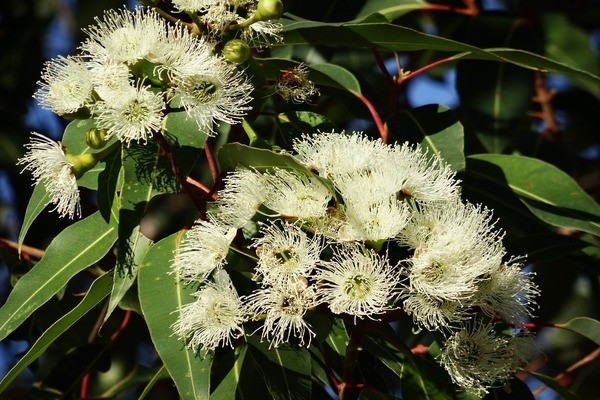
Eucalyptus is a well-known topical analgesic that is incorporated into all types of creams and ointments for joint pain. It has that strong menthol smell that we tend to associate with pain-relieving treatments, and research indicates that even smelling eucalyptus in essential oil form can relieve discomfort.
The leaves of the eucalyptus plant contain tannins, which are believed to reduce swelling and pain from inflammation. If you have never used eucalyptus before, test for allergies before using it extensively. Simply apply a small amount to your forearm and watch for any negative reactions, such as a rash or hives. If nothing happens within 24 to 48 hours, you can apply eucalyptus to your painful joints. health and holistics
3. Jengibre
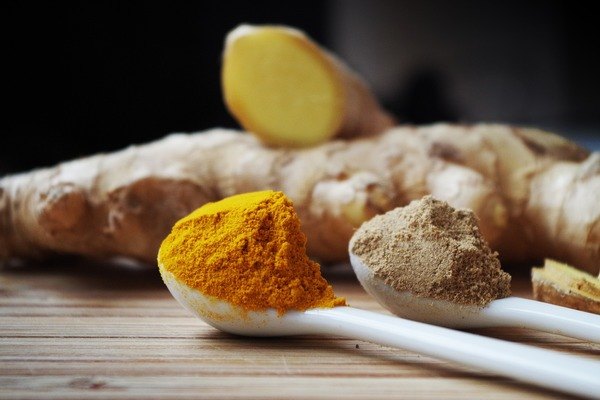
In traditional Chinese medicine, ginger is administered to increase blood circulation, which has a beneficial effect on healing in inflamed areas. Ginger is also believed to improve blood sugar levels, protect against heart disease, reduce bad cholesterol, strengthen brain function, and even reduce the risk of developing cancer. Yes, ginger does all that and ALSO fights inflammation and reduces pain.
The active ingredient in ginger is called gingerol, which has strong anti-inflammatory and antioxidant capabilities. Early studies involving the use of ginger in rheumatoid arthritis patients are very promising, and research is underway into the pain-relieving benefits of this powerful herb. Ginger can be used fresh, dried, powdered, or in oil form. Most people enjoy the taste of ginger, but feel free to use a capsule supplement if you want the benefits, without the taste.
4. Té Verde
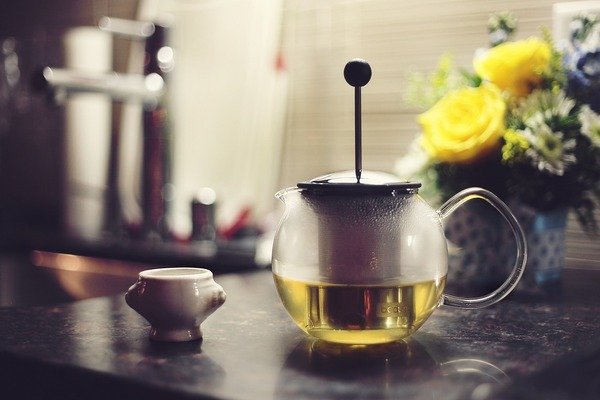
Green tea is one of the healthiest drinks you can choose, for many reasons. From improving brain function to increasing fat burning, green tea improves overall well-being. It is also a strong anti-inflammatory and has been shown to greatly benefit people with osteoarthritis and rheumatoid arthritis.
Most people simply brew and enjoy green tea, but you can also take it in tablet or tincture form. A green tea concentrate allows you to add green tea flavor to all types of foods. And conversely, you can add other inflammation-reducing herbs to your cup of green tea, such as ginger or aloe.
5. La cúrcuma
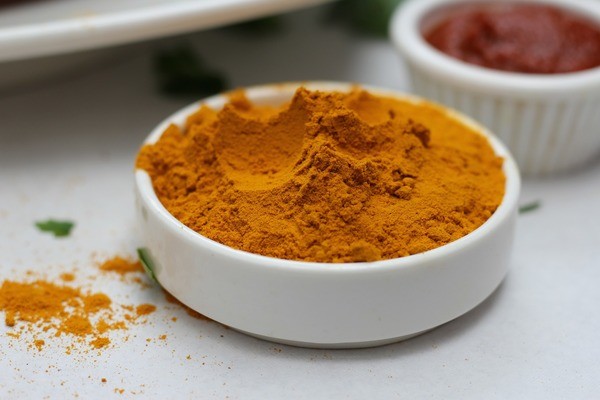
Turmeric is the yellow-orange spice used to make curry. Aside from having a pleasant taste, turmeric has been used in folk medicine for a long time. Scientists now understand that the active ingredient in turmeric, called curcumin, has anti-inflammatory properties.
Recent studies in rats have found that turmeric has the potential to slow the progression of rheumatoid arthritis. The National Center for Complementary & Integrative Health suggests that turmeric/curcumin is most effective when eaten rather than applied topically. But that’s okay because it tastes very good in all kinds of dishes. If you don’t like the taste, curcumin capsules can also help you.
Conclusión
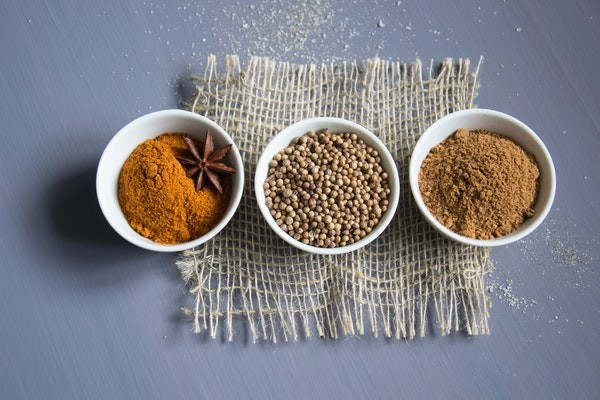
Herbs that are known to reduce inflammation are fantastic natural remedies for joint pain. They help reduce the body’s overactive immune response without causing more problems in the form of unpleasant side effects. Some are best when used topically, such as eucalyptus, but most can be integrated naturally into your daily diet and even combined, such as green tea and ginger.health and holistics.
An anti-inflammatory regimen that is based on natural herbs is very likely to reduce your dependence on over-the-counter and prescription medications, which can only improve your quality of life. And remember, all of the herbs we’ve reviewed have multiple health benefits beyond pain relief. You have nothing to lose by trying them!health and holistics.
Discover more trends:
- Achieve Fuller Curves Naturally: The Ultimate Guide to Breast Enhancement
- 10 French Tip Nail Designs: Elevate Your Manicure Game
- Aloe Vera: 7 Amazing Uses for Health, Beauty, and Wellness
- Live Your Best Life: The Ultimate Guide to Health, Fitness, and Wellness for Every Season
- 10 Amazing and Beautiful Ginger Hair Color and Highlight Ideas for 2022
- Comprehensive Guide to Managing Rheumatoid Arthritis
- Follow us on Facebook
- Follow us on Pinterest

